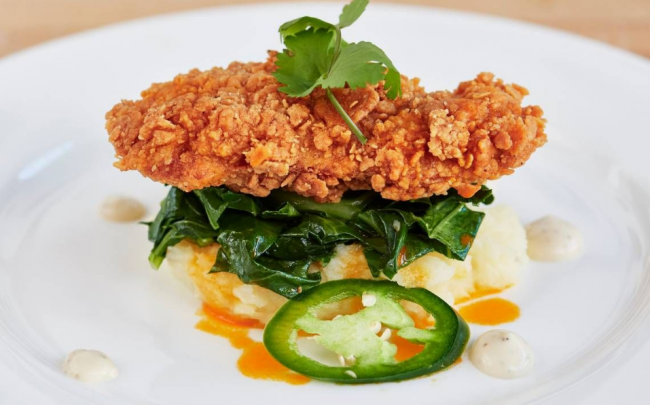We all know why the consumption of meat is so pervasive. It is the same reason why smoking, drinking and fast food are equally as popular. Despite overtly negative health effects, we continue to binge with a justification of hedonism and an aspect of J.S Mill’s ‘Harm Principle’ in that as long as we indulge not at the expense of others then do as you please.
I find this quite reasonable when this really is the case, but when ones indulgence has such a harrowing effect on not only animals, but also the very environment to which we all depend on – it seems as if one’s taste buds ceases to remain a priority. Mohandas Ghandi enlisted “pleasure without conscience” as one of his ‘seven social sins’ and it feels quite fitting. The nature of humanity can often be drummed down to the seeking of pleasure, but what is often disregarded yet ultimately intertwined is the absence of pain.

Our decisions have consequences, the purchasing of meat at the supermarkets is an active-acquiescence to the slaughtering of animals and the inability to make a productive effort of environmentalism in the face of our capitalist economy.
What this brings me to is the notion of compromise. There is an on-going debate in the vegan community about the ethics surrounding research into ‘Cultured or Lab Grown meat’. There are huge start-ups emerging such as Memphis Meats in San Francisco that are using biotechnology to effectively differentiate stem cells to create muscle tissues, creating indistinguishable meat-like products while avoiding the destructive process of the meat industry.

These start-ups are motivated by innovation more than anything. With numerous similar companies based in Silicon Valley, many of these research centres are making huge steps forward and have had investments from prominent business minds such as Bill Gates and Donnie Smith. However, the production cost of the cultured poultry was $9,000 per pound, which still proves this process to be of early stages.
With consumers spending around $750 billion dollars on meat each year, which is expected to double in the next decade, it might not be long before a more sustainable method like this will start to seep through our shelves.
Let’s not forget that the Motorola Dynatac would have set it’s consumers back just short of $4000 when it was released but as our world is constantly changing, so are our needs for more convenient and sustainable way of living.
[/et_pb_text][et_pb_social_media_follow _builder_version=”3.0.53″ saved_tabs=”all” link_shape=”circle” url_new_window=”on” follow_button=”on” background_layout=”light” global_module=”4820″] [et_pb_social_media_follow_network social_network=”facebook” skype_action=”call” url=”https://www.facebook.com/livekindlyco/” bg_color=”#3b5998″]


